Golden hoard of Roman jewellery found hidden from Queen Boudicca and her army
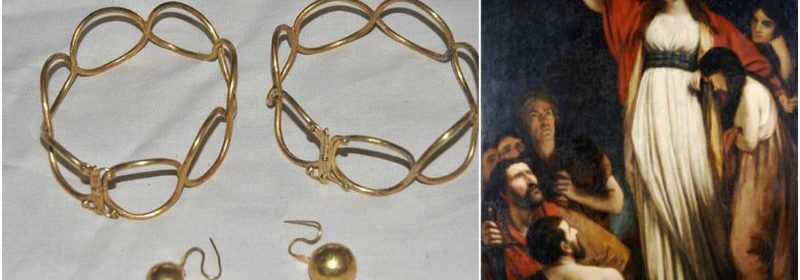
Golden hoard of Roman jewellery found hidden from Queen Boudicca and her army
For the first time, after it was first discovered two years ago hidden under a department store in Essex, a stockwork of exquisite Roman jewels was displayed, and the jewelry was believed to have been hastily buried in order to hide it from the Queen Boudicca raiding army
A Roman ‘ highbor ‘ decided to dump her large collection of jewellery into an underground cave, seeing the advance of Icenic hoards in 61AD, and knowing the level barbarism they could exhibit.
The artefacts were discovered in relatively good conditions as the ‘ Fenwick Treasure, ‘ but they wanted some restoration so that they could take a closer look at what they looked at in the first century AD.
In 2014, the researchers made the discovery under the floor of a department store in Essex, and were absolutely shocked by the quantity and condition of the jewellery; it was preserved almost perfectly.
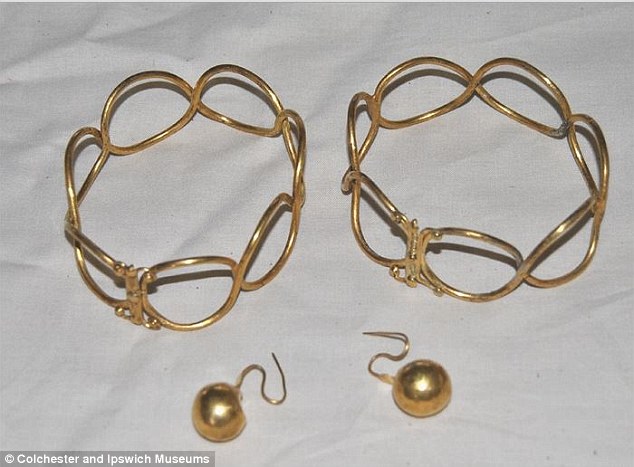
The treasure included amulets of gold, rings, silver chains, and a large collection of valuable coins. In a two-tiered protection, the artifacts were stored first in a sealed bag and then in a box before being buried deep underground.
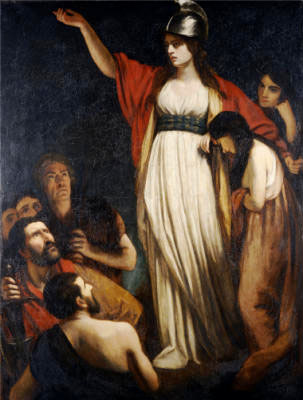
It is not yet clear that who the woman was, however archaeologists believe she must have been one of the richest people around the time considering the amount of jewellery she possessed just for herself.
After the Icenic hoards took control of the regions, researchers believed that the woman was then slaughtered in something historically known as the ‘Sacred Grove’, a calamity which befell on almost all wealthy and high-born Roman women captured by the Icenic Army.
Emma Hogarth, a conservator from Colchester who also contributed in the restoration project of the Fenwick Treasure said that the owner of the jewellery had to be a loaded Royal from affluent upper class of the Roman society.
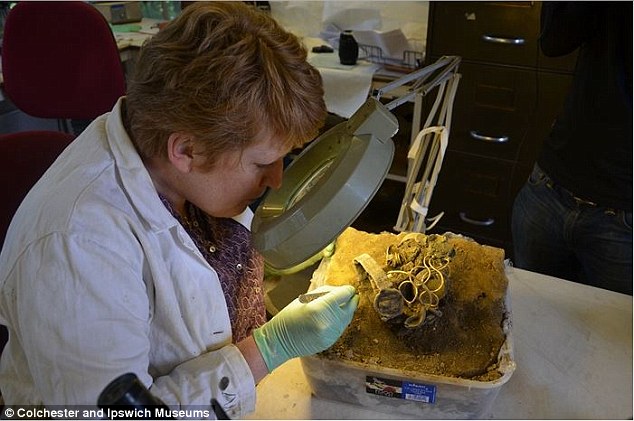
The story of the revolt led by the Queen Boudicca of Iceni people is one of great courage and sacrifice. The Icenic revolt was a gruesome uprising by a British tribe against the oppressing Roman Army. Icenic people lived in the Norfolk and Suffolk and mostly lived under Romans without creating much nuisance for the rulers.
This was partly due an understanding between the King of Icenic people Prastutagus; Romans allowed him to independently rule over his people according to his beliefs and have peace with Romans.
However after the death of the King, Romans broke all promises of peace and confiscated the lands of leading Icenic families announcing that Romans must rule over the Icenic and they had no right to choose a ruler.
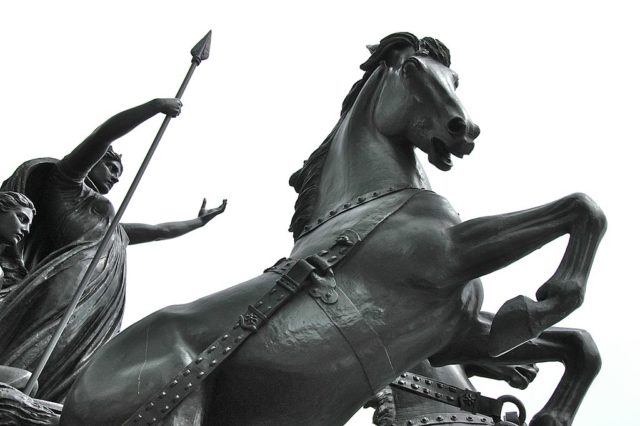
Icenic people looked towards the only hope, the wife of the deceased King ‘Queen Boudicca’. She took the charge and in 61AD decided to take back the control from the Romans, after she was publically humiliated and her two daughters were raped by the Roman soldiers.
She led the revolt that left London, St Albans, and Colchester burnt to ashes killing thousands of people from both sides. In an act of revenge Icenic hoards as instructed by the Queen rounded up the Romans and executed/sacrificed them in nearby groves.